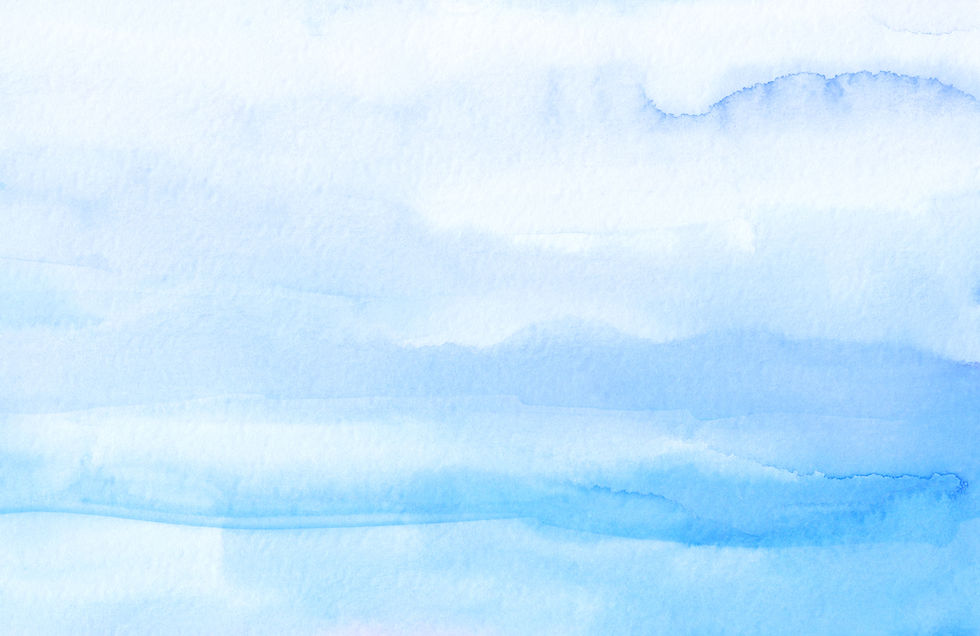
As someone who has been practicing watercolour painting for years, I can attest to the fact that it is one of the most rewarding forms of art there is. Watercolour painting is known for its fluidity, transparency, and versatility. The way the colours blend and interact with each other is truly mesmerising. However, if you're just starting out, the world of watercolour painting can seem a bit overwhelming. In this article, I'll be sharing my top 5 tips for beginners to help you understand watercolour techniques and become a pro in no time.
Introduction to watercolour painting

Watercolour painting is a form of art that involves using water-soluble pigments to create beautiful and vibrant paintings. Unlike other mediums, watercolours are transparent, which means that the white of the paper shines through the paint, giving it a luminous effect. Watercolour painting is known for its unpredictable nature, which makes it both challenging and exciting. It requires a lot of patience and practice, but the end result is always worth it.
Understanding watercolour techniques
Before you start painting with watercolours, it's important to understand the techniques involved. Watercolour painting involves layering colours and creating textures by controlling the water-to-paint ratio. It takes a bit of practice to get the hang of it, but once you do, the possibilities are endless. One of the most important techniques to master is blending. Blending allows you to create smooth transitions between colours and create a sense of depth in your paintings.
Essential tools for watercolour painting
To get started with watercolour painting, you'll need a few essential tools. First and foremost, you'll need watercolour paper. Watercolour paper is thicker and more absorbent than regular paper, which allows it to handle the amount of water used in watercolour painting. You'll also need a set of watercolour paints, brushes, and a palette. There are many different types of brushes and paints to choose from, so it's important to do your research before making a purchase.
Tips for beginners
Understanding the water-to-paint ratio
One of the most important things to keep in mind when painting with watercolours is the water-to-paint ratio. The more water you add to the paint, the lighter the colour will be. If you add too much water, the colour will become too diluted and lose its vibrancy. On the other hand, if you use too little water, the paint will become too thick and difficult to work with. Finding the right balance takes practice, but once you get the hang of it, you'll be able to create beautiful and vibrant paintings.
Layering colours
Layering colours is another important technique to master when painting with watercolours. The key is to work in layers, allowing each layer to dry completely before adding the next. This allows the colours to blend and interact with each other, creating a sense of depth in your paintings. It's also important to use light colours first and build up to darker colours.
Creating textures
Creating textures is another important technique to master when painting with watercolours. There are many different ways to create textures, including using salt, plastic wrap, and sponges. The key is to experiment and see what works best for you. Creating textures adds interest and depth to your paintings and can take them to the next level.
Blending
As mentioned earlier, blending is one of the most important techniques to master when painting with watercolors. Blending allows you to create smooth transitions between colours and create a sense of depth in your paintings. The key is to work quickly and blend while the paint is still wet. There are many different ways to blend, including using a wet brush, a dry brush, or a sponge. Experiment and see what works best for you.
Using masking fluid
Using masking fluid is another important technique to master when painting with watercolours. Masking fluid is a liquid that you can apply to certain areas of your painting to protect them from the paint. This allows you to create crisp lines and preserve the white of the paper. It's important to use masking fluid sparingly and to apply it with a fine-tipped brush.
Common mistakes to avoid while using watercolour techniques
While watercolour painting can be incredibly rewarding, there are some common mistakes that beginners often make. One of the biggest mistakes is using too much water. This can cause the colours to become too diluted and lose their vibrancy. Another common mistake is not allowing each layer to dry completely before adding the next. This can cause the colours to bleed and become muddy. It's also important to avoid using too much paint, as this can cause the paper to buckle and warp.
Practice exercises for mastering watercolour techniques

The best way to master watercolour techniques is to practice, practice, practice. There are many different exercises you can do to improve your skills, including colour mixing, gradient washes, and wet-on-wet painting. The key is to start with simple exercises and gradually work your way up to more complex ones.
Inspiration and resources for learning more about watercolour techniques
There are many resources available for those who want to learn more about watercolour techniques. Books, online courses, and tutorials are all great ways to improve your skills. It's also a good idea to join a local art group or take a class to get feedback and support from other artists.
Conclusion
Watercolour painting is a beautiful and rewarding form of art. By understanding watercolour techniques and practicing regularly, you can create stunning paintings that will impress and inspire. Remember to start with the basics and work your way up, and don't be afraid to experiment and try new things. With these tips, you'll be on your way to becoming a watercolour pro in no time.
[CTA: Start your watercolour journey today and shop our selection of watercolour paints and supplies.]

Comments